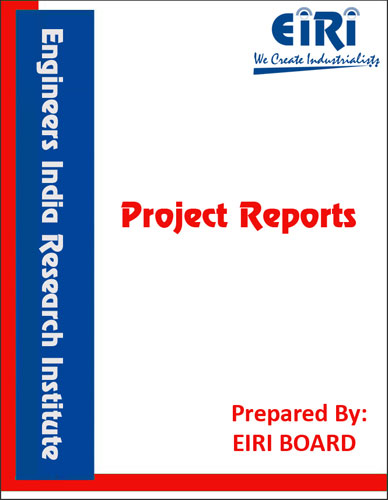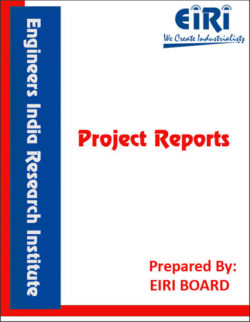SEWING THREAD UNIT WITH WINDING MACHINE (6 HEADS)
The project report includes Present Market Position and Expected Future Demand, Market Size, Statistics, Trends, SWOT Analysis and Forecasts. Report provides a comprehensive analysis from industry covering detailed reporting and evaluates the position of the industry by providing insights to the SWOT analysis of the industry.
We can prepare PROJECT REPORT as per your INVESTMENT PLAN for BANK LOAN REQUIREMENT and INDUSTRY ANALYSIS. All reports are prepared by highly qualified consultants and verified by a panel of experts.
Have Query? Click Here to Chat
Industry Expert is Online, Chat with him for more detail.

According to the definition given by ASTM, sewing thread is a flexible, small diameter yarn or strand usually treated with a surface coating, lubricant or both, intended to be used to stitch one or more pieces of material or an object to a material. It may be defined as smooth, evenly spun, hard-twisted ply yarn, treated by a special finishing process to make it resistant to stresses in its passage through the eye of a needle and through material involved in seaming and stitching operations.
Sewing threads are used in garments, upholstery, air-supported fabric structures and geotextiles to join different components by forming a seam. The primary function of a seam is to provide uniform stress transfer from one piece of fabric to another, thus preserving the overall integrity of the fabric assembly.
Threads for the high temperature applications are required to withstand and hold the seams secure in their position in extreme temperature conditions between 260ºC- 1100ºC. Threads are usually made from glass, carbon, polytetrafluoroethylene, steel and aramide fibres. Polyesters, Polypropylene, Nylon6, Nylon6.6, are widely used for low temperature applications such as car upholstery, leather industry, packing like cement and fertilizer bags. Medical sutures are used for wound closure and are specially design and sterilized to fulfill the end applications.
INTRODUCTION
TYPES OF THREAD & SIZER
PROPERTIES AND CHARACTERISTICS FOR SEWING THREAD
MARKET SURVEY
EXPORT DATA OF SEWING THREAD
MARKET SURVEY (GLOBAL)
MANUFACTURERS OF SEWING THREADS
RAW MATERIALS REQUIRED
PRELIMINARY OPERATIONS
FLOW CHART
MACHINERIES FOR REEL MANUFACTURING
TESTING METHODS FOR SEWING THREAD
PLANT LAYOUT
PRINCIPLES OF PLANT LAYOUT
PLANT LOCATION FACTORS
EXPLANATION OF TERMS USED IN THE PROJECT REPORT
PROJECT IMPLEMENTATION SCHEDULES
SUPPLIERS OF PLANT & MACHINERY
SUPPLIERS OF RAW MATERIALS
SUPPLIERS OF PLANT & MACHINERY (IMPORTED)
LIST OF BUYERS
APPENDIX – A:
1. COST OF PLANT ECONOMICS
2. LAND & BUILDING
3. PLANT AND MACHINERY
4. FIXED CAPITAL INVESTMENT
5. RAW MATERIAL
6. SALARY AND WAGES
7. UTILITIES AND OVERHEADS
8. TOTAL WORKING CAPITAL
9. COST OF PRODUCTION
10. PROFITABILITY ANALYSIS
11. BREAK EVEN POINT
12. RESOURCES OF FINANCE
13. INTEREST CHART
14. DEPRECIATION CHART
15. CASH FLOW STATEMENT
16. PROJECTED BALANCE SHEET



